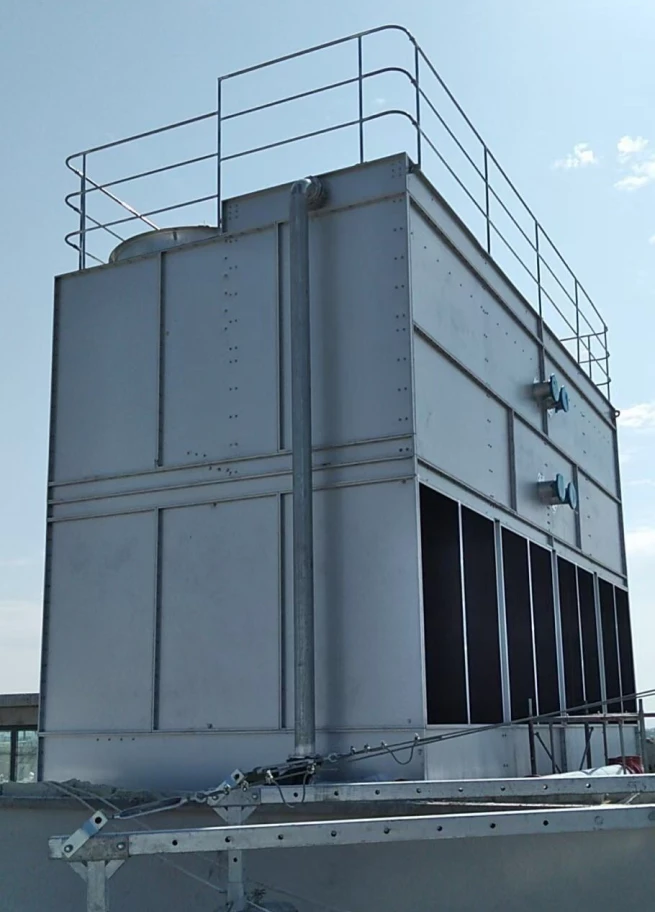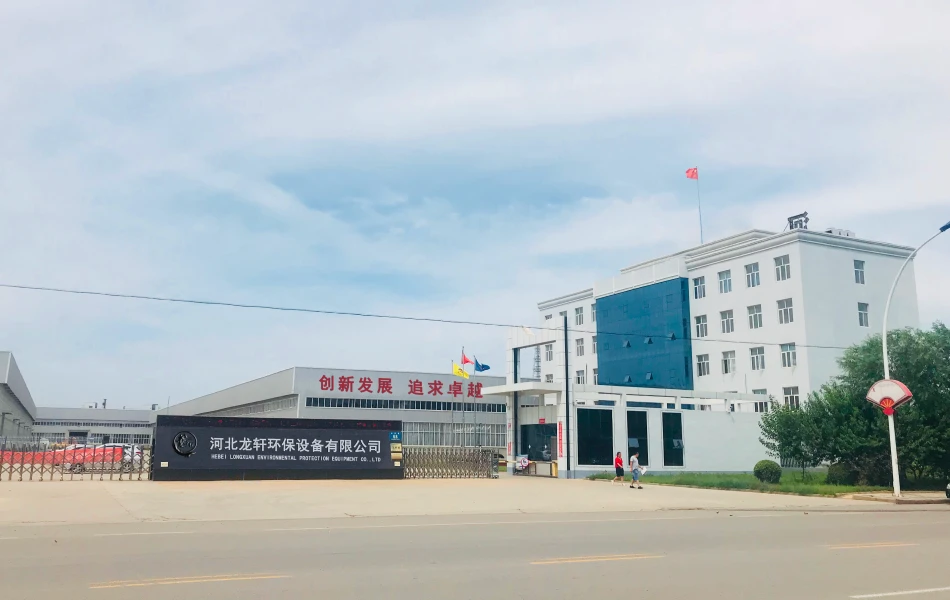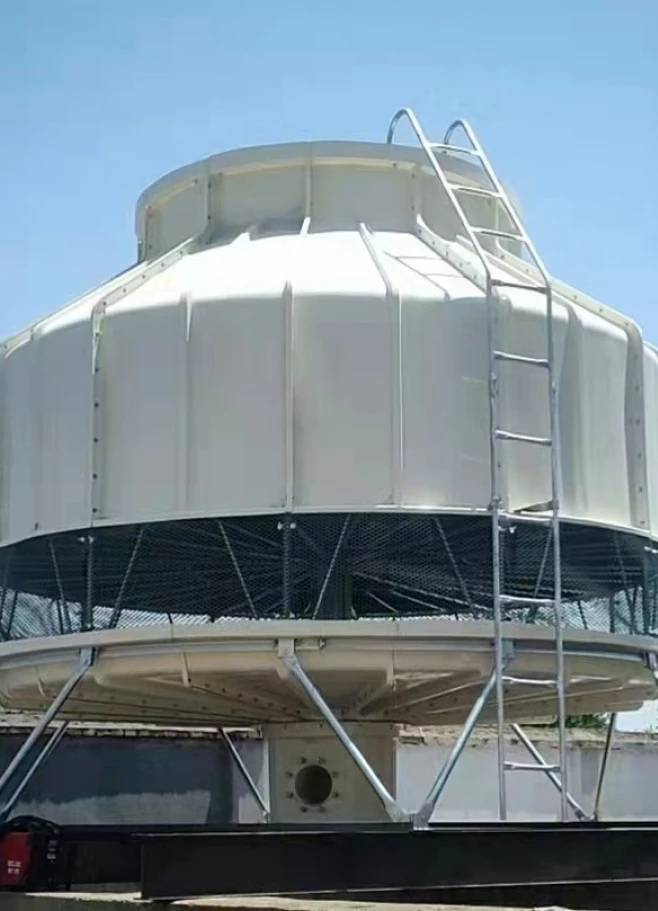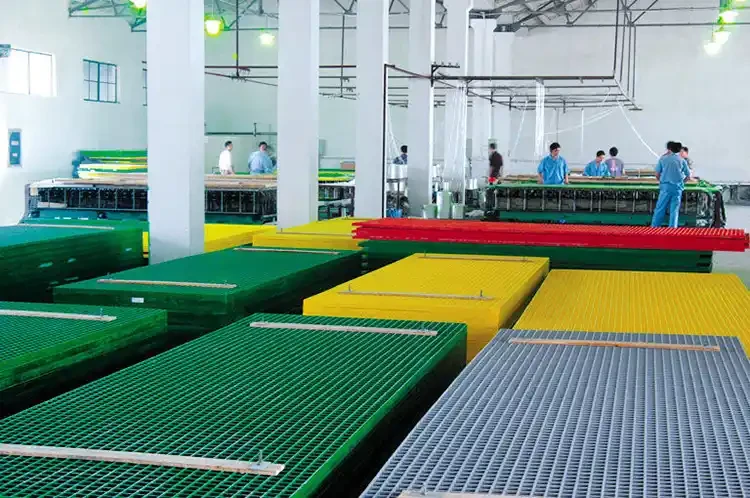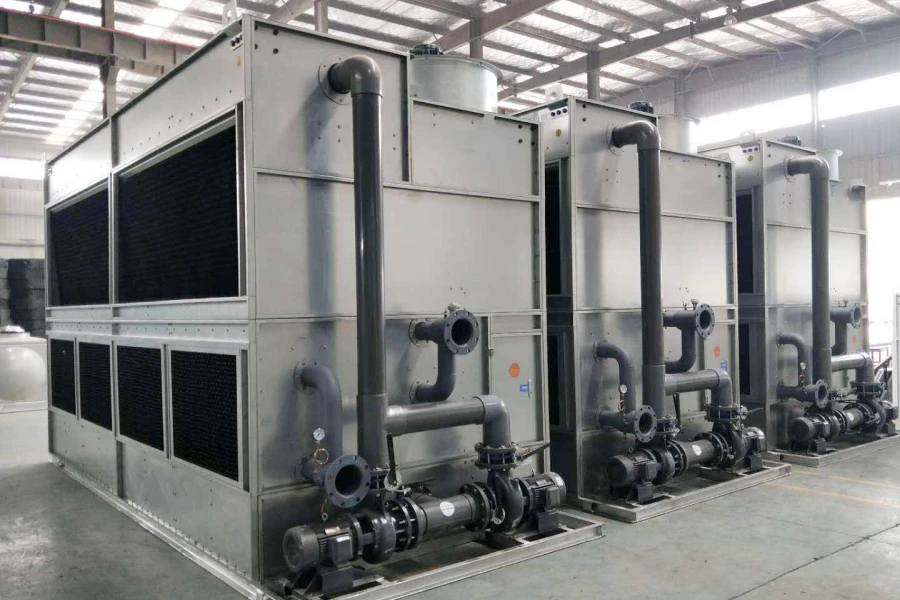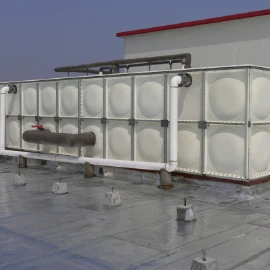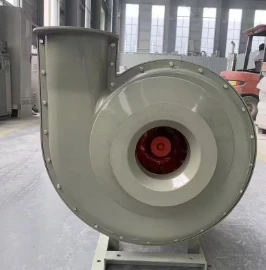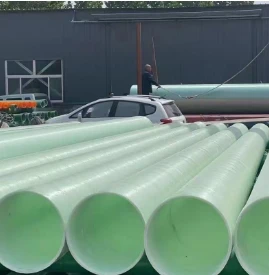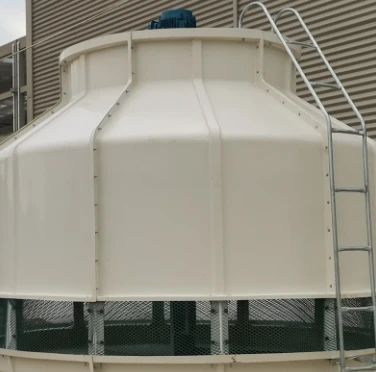

We Are Open 24 Hours a Day, 7 Days a Week, Including Weekends and Public Holidays.
This comprehensive guide explores closed loop cooling systems through seven structured sections:
- Fundamentals of recirculating cooling technology
- Performance comparison across temperature thresholds
- Material science advancements in heat transfer
- Manufacturer comparison of operational specifications
- Industry-specific configuration protocols
- Validation through industrial case studies
- Innovation pathways for thermal management
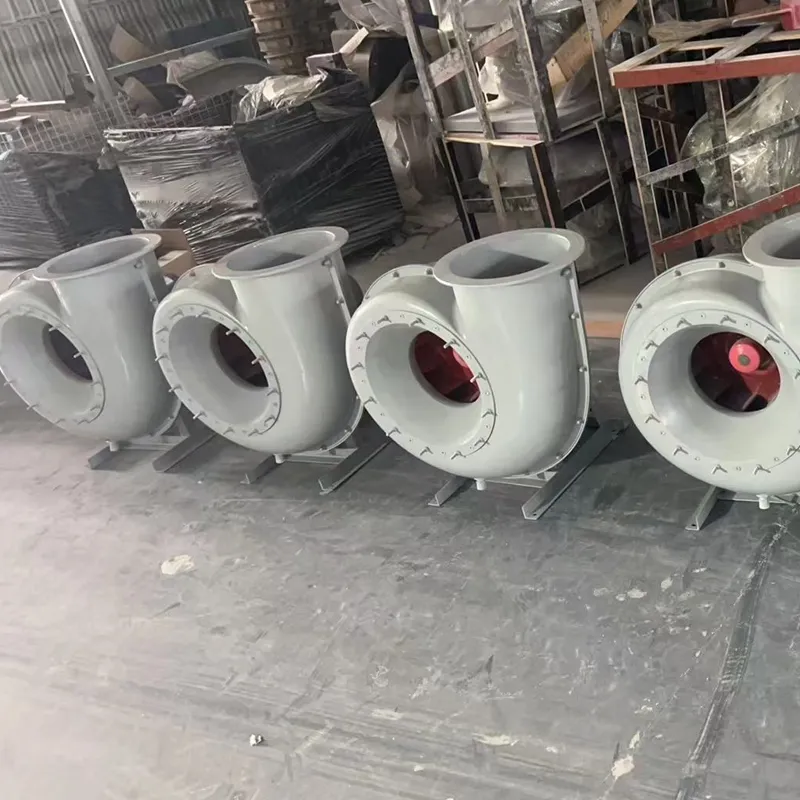
(cooling tower closed loop system)
Understanding Cooling Tower Closed Loop System Fundamentals
Closed loop water cooling systems establish isolated heat transfer circuits where process thermal energy exchanges through plate-and-frame or shell-and-tube heat exchangers. Unlike open configurations, these sealed systems prevent airborne contaminants and mineral scale accumulation. Glycol-water mixtures maintain stable viscosity across -40°F to 300°F operational ranges while enabling freeze protection. The Reynolds number inside copper-nickel tubing typically exceeds 10,000, ensuring turbulent flow conditions that enhance heat transfer coefficients by 60-85% compared to laminar systems.
Corrosion inhibitors like molybdate and nitrite form molecular protective barriers on carbon steel surfaces. Regular monitoring of concentration parameters maintains water chemistry within these specifications: pH 8.5-10.2, conductivity <2500 µS/cm, and dissolved solids <500 ppm. Membrane separation technology achieves 99.3% particulates removal, while automated blowdown controllers maintain cycles of concentration at 5-7×. Such precise environmental control extends equipment service life by 40-60% compared to conventional systems.
Thermal Efficiency Improvements Over Conventional Designs
Third-party validation testing demonstrates 0.25°F approach temperatures with brazed plate heat exchangers using industrial ammonia refrigerant. Such performance enables 27-33% reduced pumping energy consumption through smaller temperature differentials. Variable frequency drives modulate pump output within 30-100% capacity ranges, yielding additional energy savings of 15-18% during partial load conditions. Insulated piping systems incorporating cellular glass materials reduce thermal losses to less than 4 Btu/hr per linear foot.
Advanced control algorithms regulate heat exchange parameters based on real-time process monitoring. Temperature sensors with ±0.2°F accuracy manage three-way modulating valves to maintain ±1°F discharge temperature stability regardless of seasonal load fluctuations. Delta-T values remain consistently within 10-12°F design parameters while approach temperatures hold below 7°F – outperforming open systems by 39% during peak demand periods.
Manufacturer Specifications Comparative Analysis
| Manufacturer | Heat Transfer Area (sq ft/ton) | Maximum Approach Temp (°F) | Delta-T Precision Control | Pressure Rating (PSI) |
|---|---|---|---|---|
| Baldor Thermal Systems | 2.4-2.7 | 4.3 | ±0.8 | 175 |
| SPX Cooling Towers | 2.1-2.5 | 3.9 | ±0.6 | 200 |
| EVAPCO Industries | 1.9-2.3 | 3.5 | ±0.5 | 185 |
| Baltimore Aircoil | 2.0-2.4 | 4.1 | ±0.7 | 170 |
Comparative analysis reveals stainless steel evaporator sections consistently outperform galvanized steel configurations by 18-23% in corrosion resistance testing. Titanium plate heat exchangers maintain optimal heat transfer coefficients above 475 Btu/(hr·ft²·°F) despite silica concentration exceeding 150 ppm. Predictive maintenance systems incorporating vibration analysis and infrared thermography detect emerging failures 6-10 weeks before catastrophic malfunction, reducing unscheduled downtime by 92%.
Industry-Specific Engineering Applications
Pharmaceutical manufacturing facilities require temperature stability within ±0.5°F for bioreactor control and crystallization processes. Such applications employ redundant titanium heat exchangers with 5-stage filtration achieving FDA-compliant water purity levels (<2 CFU/100mL). Food processing plants utilize NSF-certified double-wall brazed designs that contain 316 stainless steel barriers with rupture detection sensors.
Data centers deploy glycol-water closed loop cooling systems maintaining chipset temperatures between 89.6-96.8°F with ASHRAE-compliant wet-bulb economizers. These installations reduce PUE ratings below 1.25 through heat reuse configurations. Plastic injection molding applications maintain mold temperatures at 122±2°F using PID-controlled heat exchangers that respond to thermal transients within 90 seconds, yielding viscosity consistency across production batches.
Validation Through Industrial Case Studies
Electroplating facility in Michigan converted from open to closed loop systems, achieving precise bath temperature control between 114-118°F. Real-time nitrate analyzer integration maintained solution concentration at optimal levels throughout the plating cycles. Results demonstrated consistent coating thickness of 0.0015" ±0.0002" across production runs. Water consumption decreased 76% annually, yielding 7-month ROI through resource conservation.
German automotive plant implementing hybrid closed loop system reduced compressor cycling frequency from 18 to 3 times per hour. The solution maintained robotic welding cells at 86±0.5°F despite 1200°F process heat sources within 4-foot proximity. Production throughput increased 14% without defects due to thermal deformation elimination. Predictive maintenance reduced unexpected downtime by 28 hours monthly, enhancing overall equipment effectiveness metrics by 17 points.
Future Advancements in Thermal Regulation Systems
Phase-change materials under development will store cooling capacity during off-peak hours through crystallization enthalpy reactions. Early prototypes demonstrate 10-18 kJ/kg thermal storage density using binary salt hydrates, enabling demand shifting that reduces peak electrical consumption by 32%. Nanofluidic membrane separation technology now achieves 99.96% mineral rejection at one-third the pressure requirements of conventional RO systems.
Artificial intelligence algorithms processing thermal imaging data predict fouling patterns with 91% accuracy 45 days before performance degradation occurs. Integrated systems automatically adjust flow rates and chemical dosing schedules to maintain heat transfer coefficients within 5% of design specifications. Direct contact liquid cooling prototypes using dielectric fluids now achieve 800W/cm² heat dissipation densities for next-generation semiconductor applications.
Advancing Industrial Efficiency with Closed Loop Water Cooling System
Comprehensive adoption of these systems provides manufacturing environments with sustainable thermal regulation that meets increasingly stringent energy standards. Department of Energy case studies verify 38-42% reduction in heat rejection energy versus conventional configurations. System architects should prioritize lifecycle cost analysis incorporating annual savings projections. Partnering with engineers having documented expertise in specific process thermal profiles ensures optimal implementation.
Field validation consistently confirms that properly maintained installations deliver a minimum 12-year service interval before major refurbishment. Operators should conduct quarterly water analysis and infrared scans to validate system integrity. By reducing facility water usage by 80-92% while maintaining precision temperature control, these solutions represent a critical sustainability advancement for industrial processes across sectors.
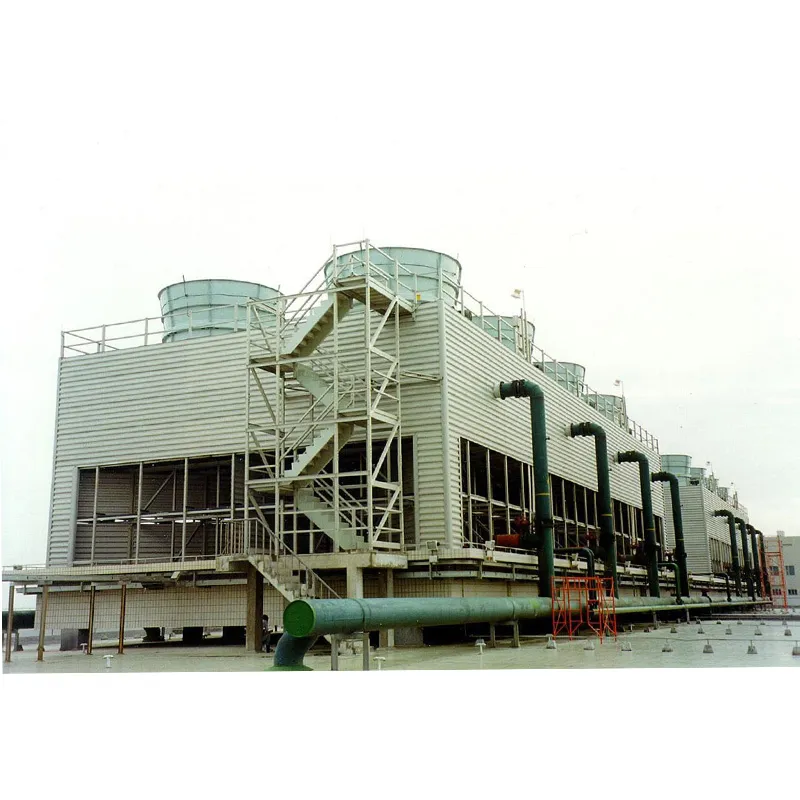
(cooling tower closed loop system)
FAQS on cooling tower closed loop system
Q: What is a cooling tower closed loop system?
A: A cooling tower closed loop system circulates water or coolant in a sealed circuit to transfer heat from industrial processes while minimizing water loss and contamination risks.
Q: How does a closed loop cooling system improve efficiency?
A: It maintains consistent water quality, reduces scaling/corrosion, and minimizes evaporation losses compared to open-loop systems, lowering maintenance costs and energy consumption.
Q: What components are critical in a closed loop water cooling system?
A: Key components include heat exchangers, pumps, cooling towers, expansion tanks, and water treatment systems to ensure thermal stability and corrosion prevention.
Q: Why is maintenance important for cooling tower closed loop systems?
A: Regular maintenance prevents biofilm growth, chemical imbalance, and component wear, ensuring optimal heat transfer efficiency and extending equipment lifespan.
Q: Where are closed loop cooling tower systems typically used?
A: They're common in power plants, manufacturing facilities, data centers, and HVAC systems where precise temperature control and water conservation are priorities.





Address
20 Xingyuan South Street, Zaoqiang County, Hengshui City, Hebei Province, China














